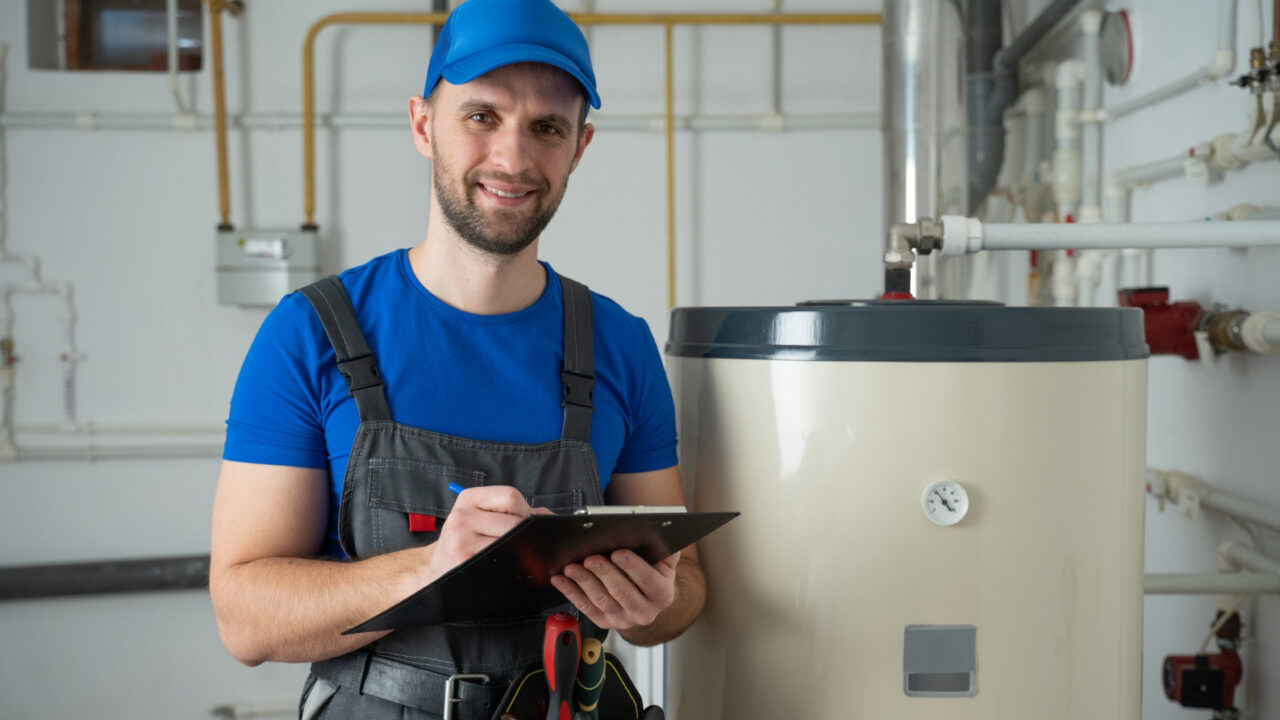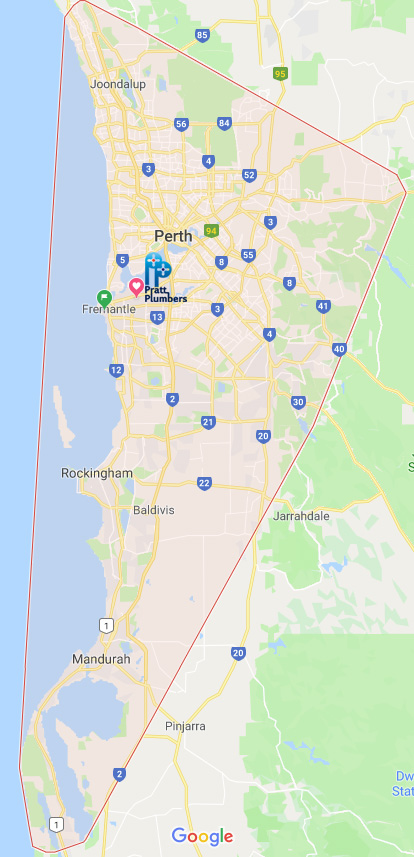There’s nothing like a good hot shower … except when it’s not. (That is if you want it hot.) Your day is slowed down when the hot water is lukewarm. It isn’t just your shower that is harmed. Nothing appears to be as clean as your dishwasher, washing machine, or even washing your hands in the sink. If hot water comes out warm rather than hot, don’t ignore it any more than you would forget hot water that suddenly becomes too hot. It is critical to determine the cause of the temperature change to correct it.
Here are six frequent causes of lukewarm hot water and why you need hot water systems repairs Perth immediately.
- Has a tripped circuit breaker
This particular issue applies only to electric water heaters, not natural gas units. You may have lost power to your water heater due to a tripped breaker.
Check your electrical panel and turn the circuit breaker ON. Then give the heater time to bring the water back to full temperature. If, after restarting, the circuit breaker trips repeatedly, or your water heater does not reset, the cause is likely a malfunction of the electrical system or the water heater, which will need professional repair.
- Your thermostat is set incorrectly
Inspect the thermostat, which controls the temperature of the water heater. If someone has recently changed the settings, that could be the reason behind your lukewarm water issues. The thermostat, on the other hand, may break if the temperature setting is correct. You may adjust the thermostat at a reasonable price. (It’s better to change both thermostats at the same time if your tank water heater has two.)
- Sediment is affecting the heating element
The hard water from municipal well systems contains a high level of minerals, primarily calcium and magnesium. When this water flows into the water heater tank, minerals tend to accumulate at the bottom of the tank. The resulting sediment can reduce the effectiveness of the lower heating element, causing it to flow only warm from the hot water faucet. To fix this issue, make sure your hot water tank is flushed annually to remove any minerals. And to avoid a repeat, consider installing a whole house water softening system.
- There’s a problem with one of your electrical heating elements.
A pair of electric heating elements (also known as immersion heaters) are required in a hot water tank. If one fails, your water heater will operate at half capacity. Instead of achieving the thermostat’s temperature setting, the second heater will only heat the water until it is lukewarm. The second heater will only be enough to heat the water until it is lukewarm instead of reaching the thermostat’s temperature setting. In this case, you will need to repair or replace the faulty electric heating element.
- Dip tube is damaged
Coldwater from your home plumbing system is channelled to the water heater through the dip tube. The dip tube directs the water typically to the tank’s bottom, where it may be thoroughly heated. However, if your dip tube is broken, you’re probably just “dumping” the water into the top of your hot water tank. As a result, while the water is still warm, it will flow back into the taps and appliances. Inconsistencies, such as flipping between hot and cold or being lukewarm, are also possible.
- Your water heater is on its last legs
Your traditional tank water heater should last between 8 and 12 years (depending on your region, this time could be much shorter or longer). Water heaters gradually wear down as they age, causing them to heat inefficiently. Start looking for a new, energy-efficient replacement if your water heater generates warm, not hot, water due to its age.
We have many options for your new water heater. If you’re interested in a new tank water heater or want a transition to a tankless one, we’ve got them all.
We will give you a professional quote on our installation services and help you choose the right make and model for your home.




